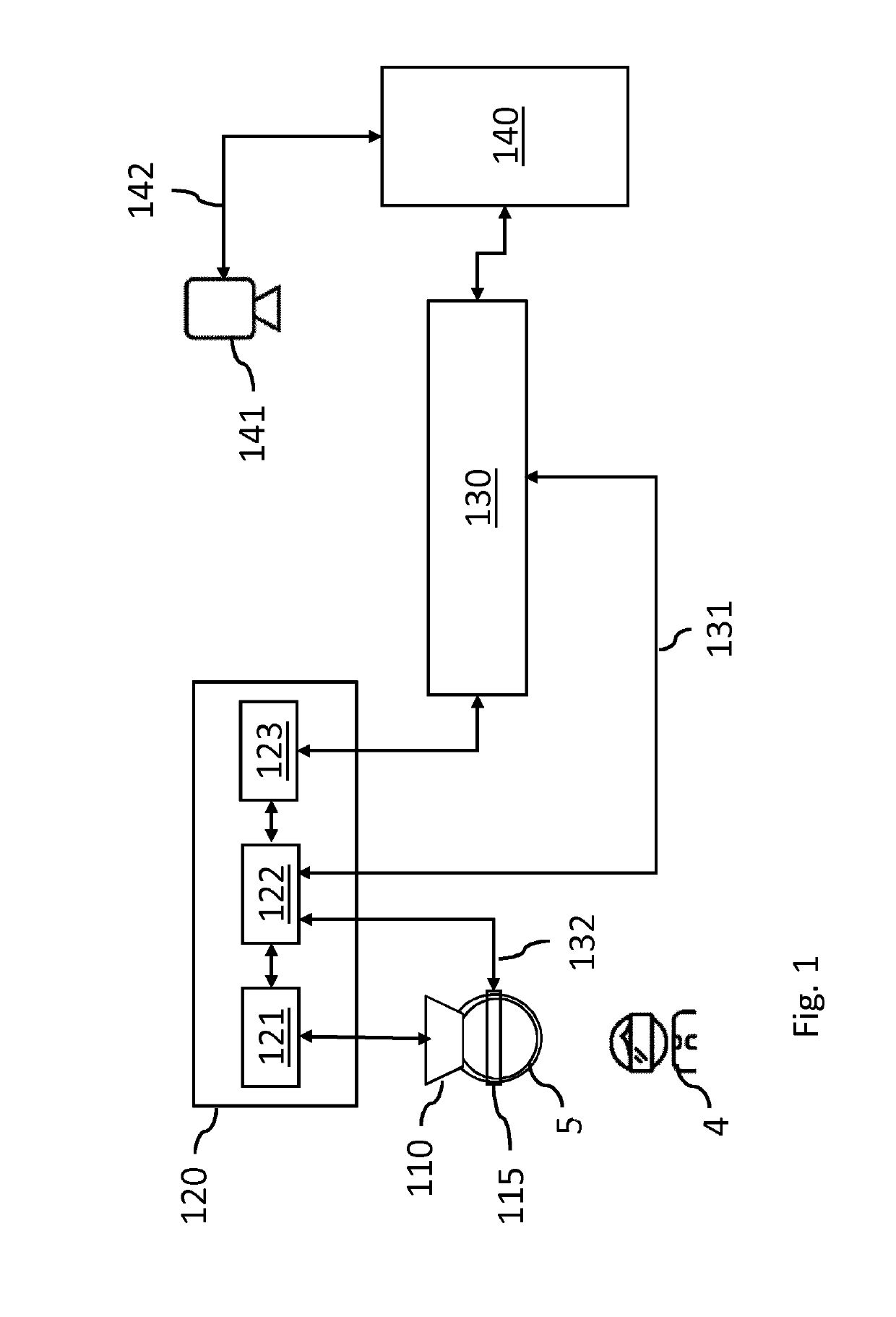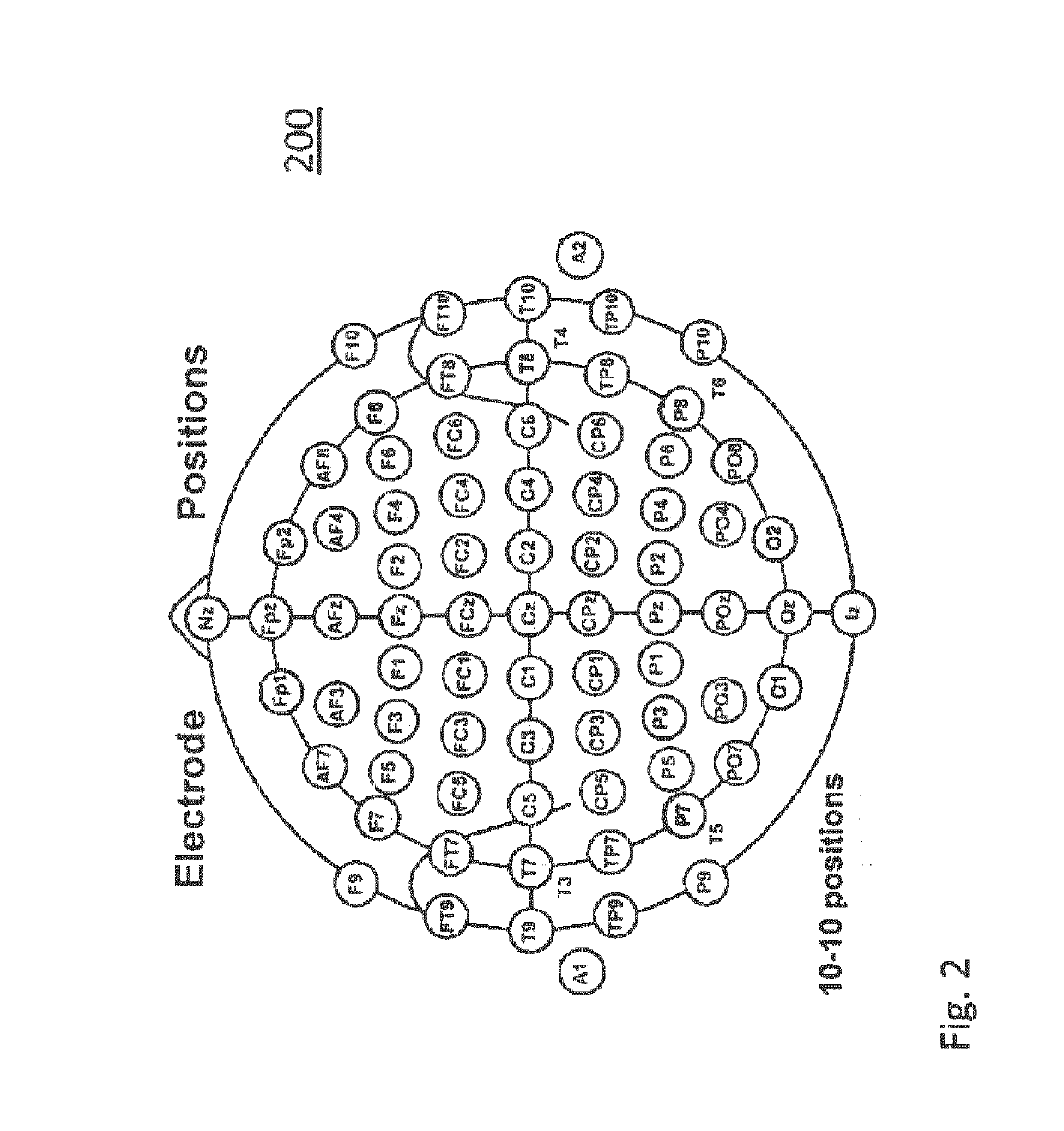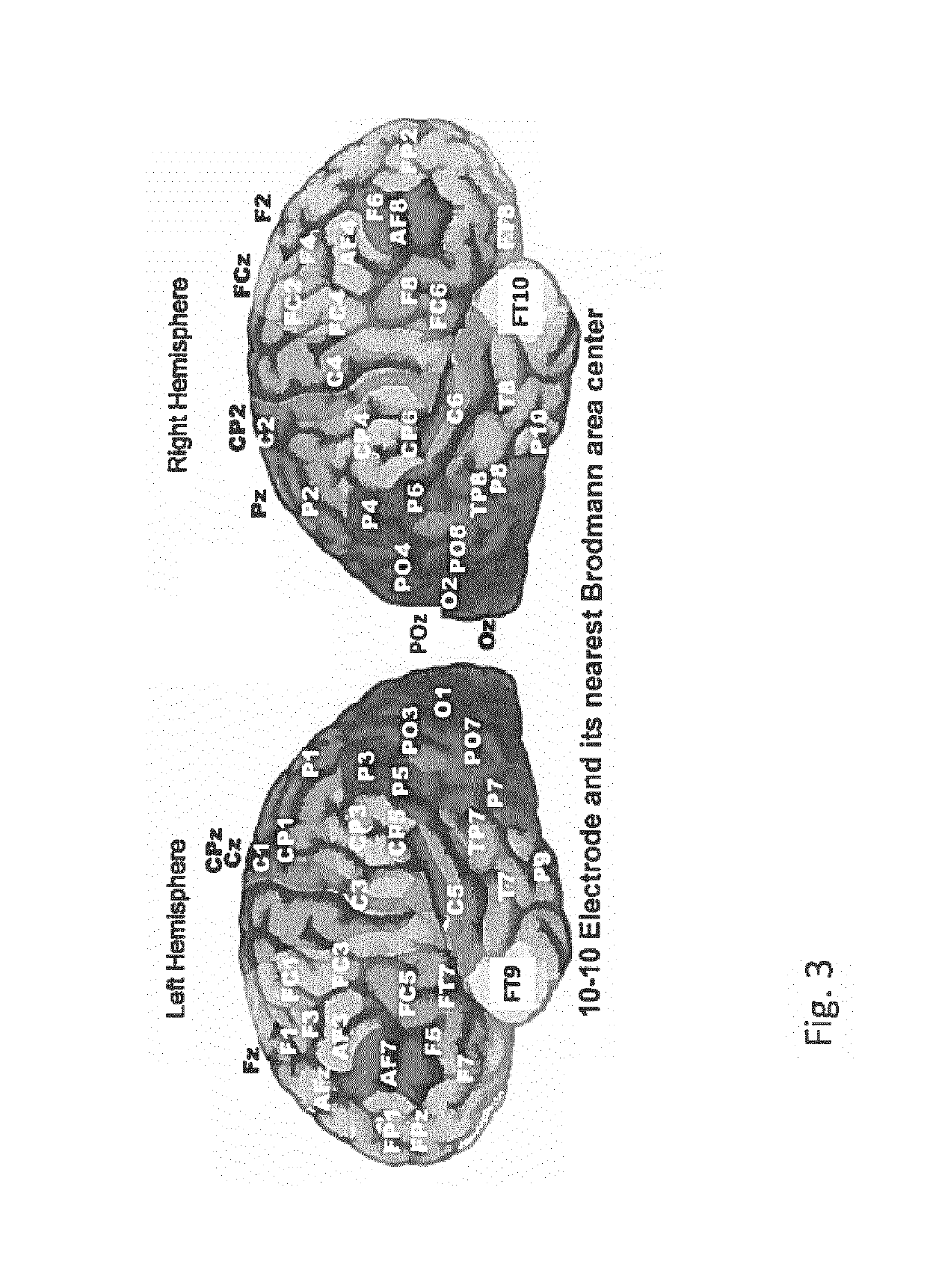Streaming virtual reality video
- Summary
- Abstract
- Description
- Claims
- Application Information
AI Technical Summary
Benefits of technology
Problems solved by technology
Method used
Image
Examples
Embodiment Construction
[0153]The following describes several embodiments of streaming a VR video to a VR rendering device. The VR video may be represented by one or more streams each providing different image data of a scene. The embodiments involve the VR rendering device rendering, or seeking to render, a selected view of a scene on the basis of a subset of the streams.
[0154]In the following, the VR rendering device may simply be referred to as ‘receiver’ or ‘client’ or ‘sink’ or ‘terminal’, a VR source may simply be referred to as ‘server’ or ‘source’.
[0155]The image data representing the VR video may be 2D image data, in that the canvas of the VR video may be represented by a 2D region of pixels, with each stream representing a different sub-region or different representation of the 2D region. However, this is not a limitation, in that for example the image data may also represent a 3D volume of voxels, with each stream representing a different sub-volume or different representation of the 3D volume. ...
PUM
 Login to View More
Login to View More Abstract
Description
Claims
Application Information
 Login to View More
Login to View More - R&D
- Intellectual Property
- Life Sciences
- Materials
- Tech Scout
- Unparalleled Data Quality
- Higher Quality Content
- 60% Fewer Hallucinations
Browse by: Latest US Patents, China's latest patents, Technical Efficacy Thesaurus, Application Domain, Technology Topic, Popular Technical Reports.
© 2025 PatSnap. All rights reserved.Legal|Privacy policy|Modern Slavery Act Transparency Statement|Sitemap|About US| Contact US: help@patsnap.com



